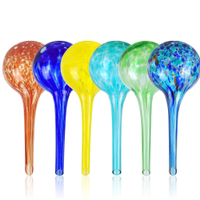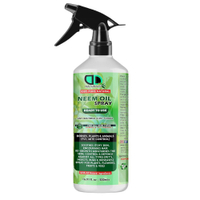Why is my aloe vera plant drooping? Advice from houseplant experts
It's a quick and easy fix, once you know how
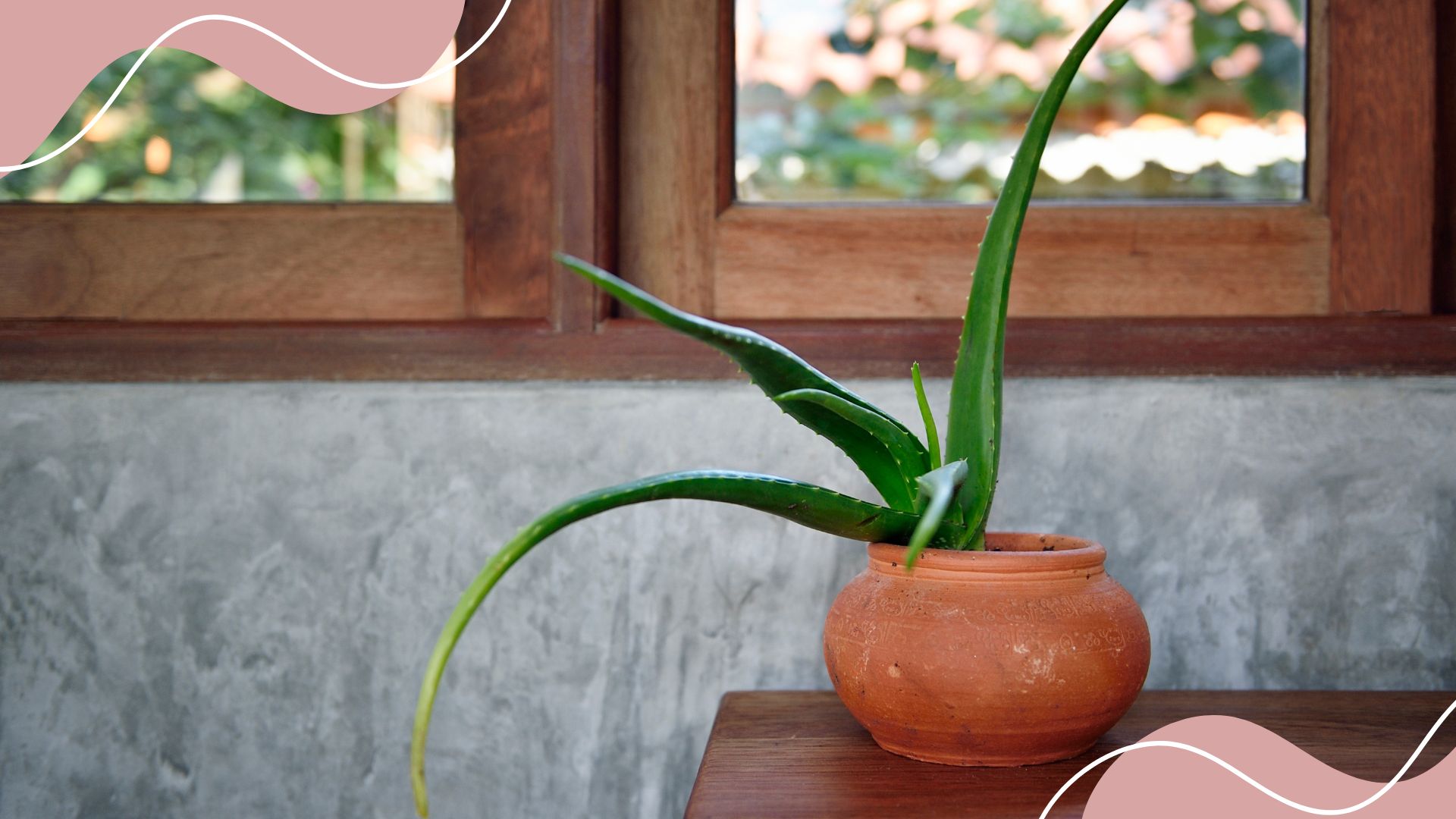

Looking out for subtle signs of distress in your plants is a great way to stay on top of their health. When you see your aloe vera starting to droop, it might be time to take action to avoid bigger issues further down the line.
If you're asking yourself 'why is my aloe vera plant drooping?' you're not the only one. Plenty of us have questions about how to raise the perfect aloe plant and it all starts with knowing how to care for one. It's certainly nothing compared to looking after the hardest plants to keep alive, but there are common problems that almost everyone runs into.
Aside from browning leaves, aloe veras can be prone to drooping for several reasons. We asked plant experts to explain these reasons and more importantly, the ways you can stop it from happening in the first place.
Why is my aloe vera plant drooping?
Even the most attentive plant parents can be left with an unhappy plant. Many species do a great job of hiding their symptoms until it's too late, so it's important to be tuned in to the smaller touches. Importantly, you'll need to know how to care for an indoor plant, but, if you're new to your home plants, don't worry. We've got the quick fixes and easy answers for why your aloe vera plant might be drooping.
1. Inadequate exposure to light
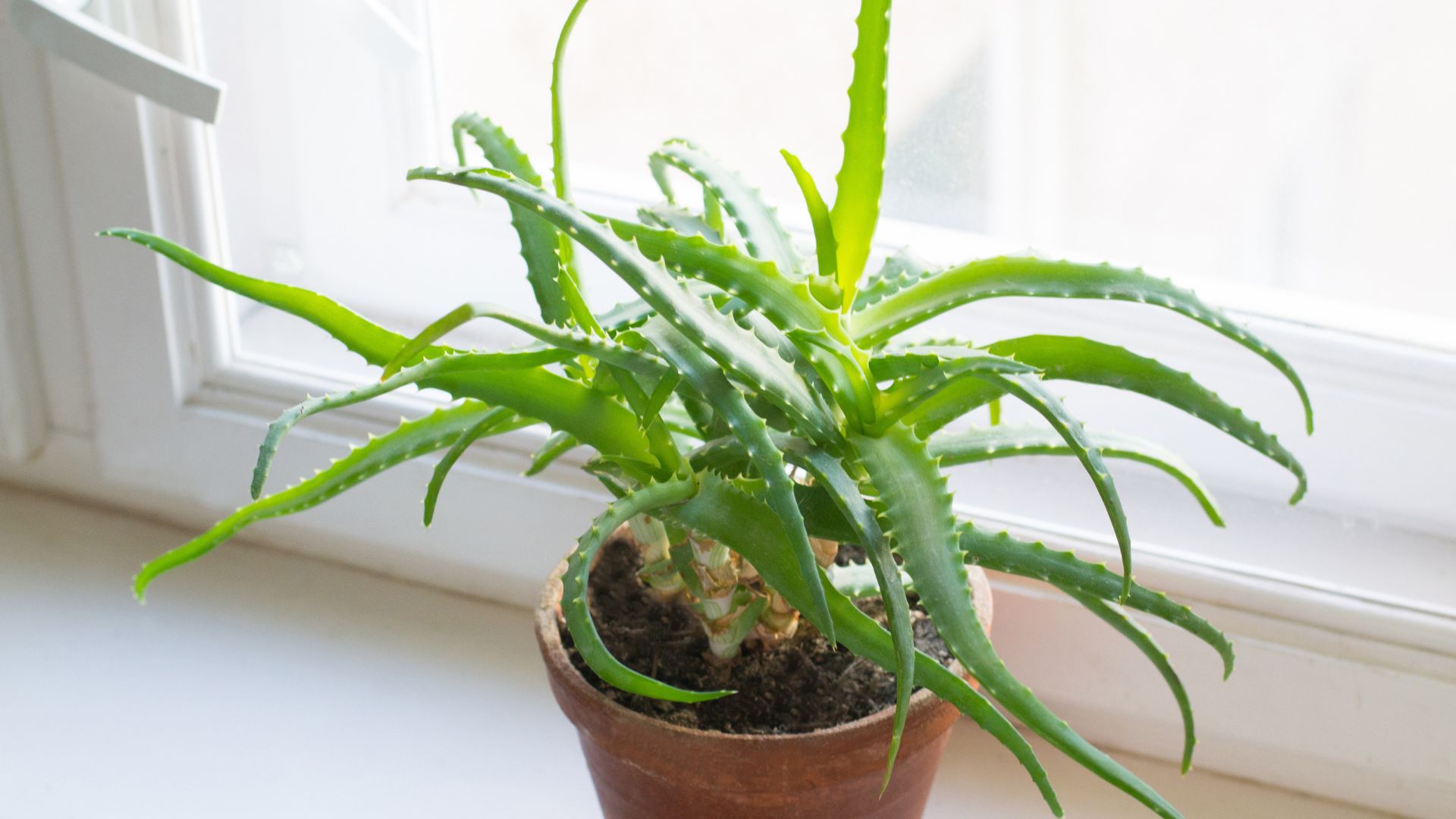
One of the most common houseplant mistakes is not placing your plant somewhere with appropriate lighting. Whilst too much lighting can lead to your aloe vera plant turning brown, not enough can cause it to droop.
Graham Smith MCIhort, gardening expert at LBS Horticulture, explains, "whenever people ask me 'why is my aloe vera plant drooping?' I'll always ask them about lighting. Aloe vera plants are tolerant of some shade, but they need at least eight hours of light a day to thrive. If your plant is drooping, it may be stretching to find more light, and should be moved."
Just be careful not to overdo it, a good balance of light will mean your plant can thrive without being burnt.
Sign up to our free daily email for the latest royal and entertainment news, interesting opinion, expert advice on styling and beauty trends, and no-nonsense guides to the health and wellness questions you want answered.
2. Incorrect watering schedule
It's extremely important to know how often you should water your houseplants. It's not only underwatering that can lead to health issues, overwatering can also lead to your aloe vera drooping.
"Too much water is the most common cause of drooping in aloe vera plants, and it can also lead to root rot or fungal diseases," says Graham. "Although not common in aloe vera plants, drooping can sometimes also indicate that the plant is not receiving enough water. If the plant does not have enough water, the leaves may not have any gel present inside and will not have their usual rigidity."
Insufficient watering can also be a reason why your plant might grow mould on its topsoil, so it's important to master a schedule that works for your specific plant.
AMFUN Plant Watering Globes Stakes, £17.99 for 6 at Amazon
These attractive hand-blown colourful glass watering devices are an easy way to employ a self-watering feeding system for your indoor potted plants. Perfect to prevent overwatering your snake plant.
3. A case of bacterial soft rot
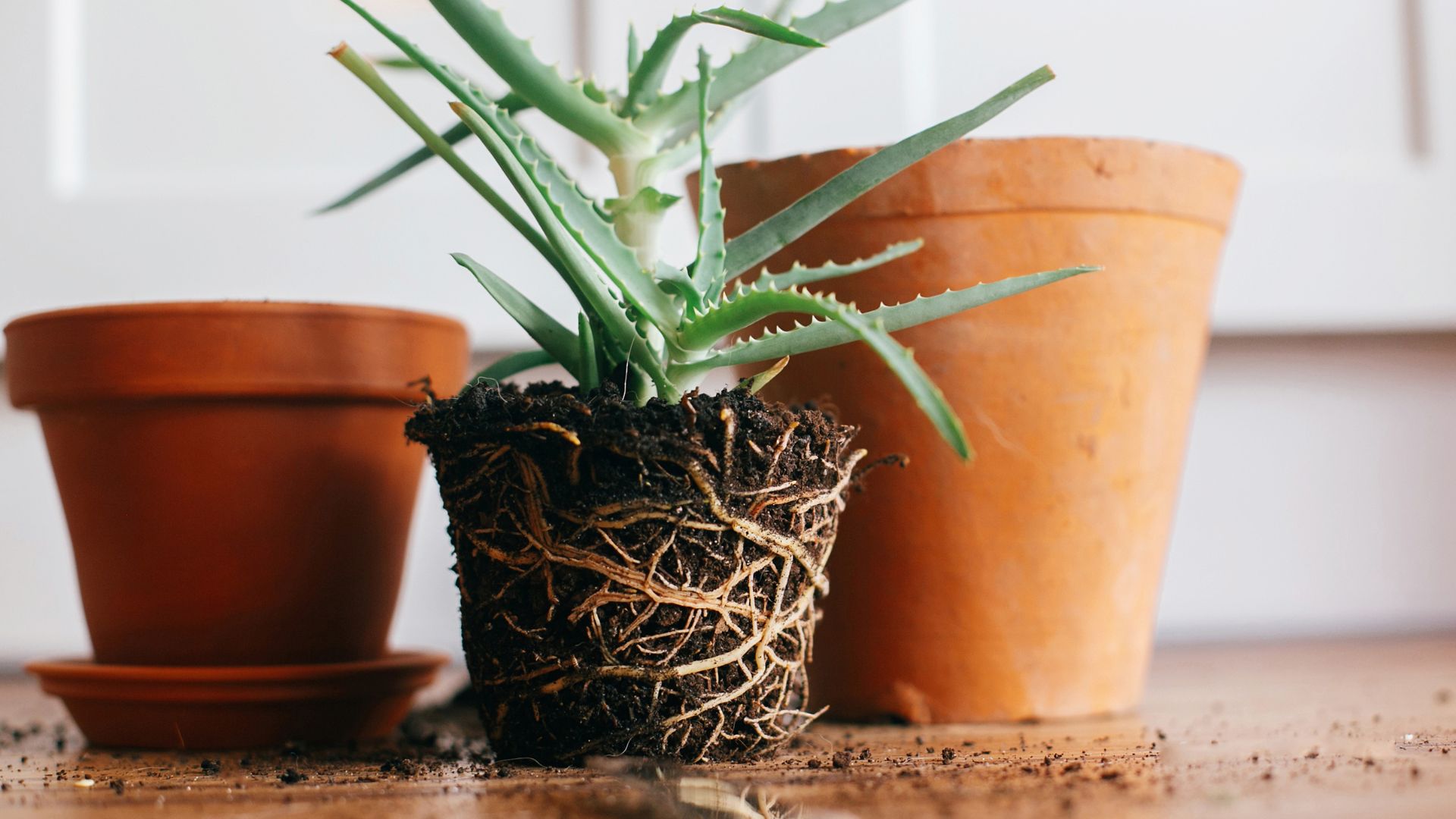
Even some of the easiest houseplants to keep alive can fall victim to root rot and infections. And the aloe vera plant is unfortunately no exception to that.
Graham explains that drooping can indicate that an aloe vera plant has a serious root infection which can eventually kill the plant. He says, "This rot may not be visible to the naked eye, as it is often deep in the tissues of the plant."
Unfortunately, once an infection like this takes hold there is not much you can do, even more so when it stays hidden within the plant.
4. It's overcrowded in its pot
Knowing when to repot a plant is one of the most surprising yet important steps in long-term plant care. The method of plant repotting can be different from species but it's usually the same and can have huge benefits for your plant.
"Succulent plants can thrive when they are slightly pot-bound, but aloe vera should be repotted when it is becoming overcrowded. The crowded roots of the plant will make it more difficult for it to take in nutrients, and this can make the leaves droop," says Graham.
FAQs
How can you prevent an aloe vera plant from drooping?
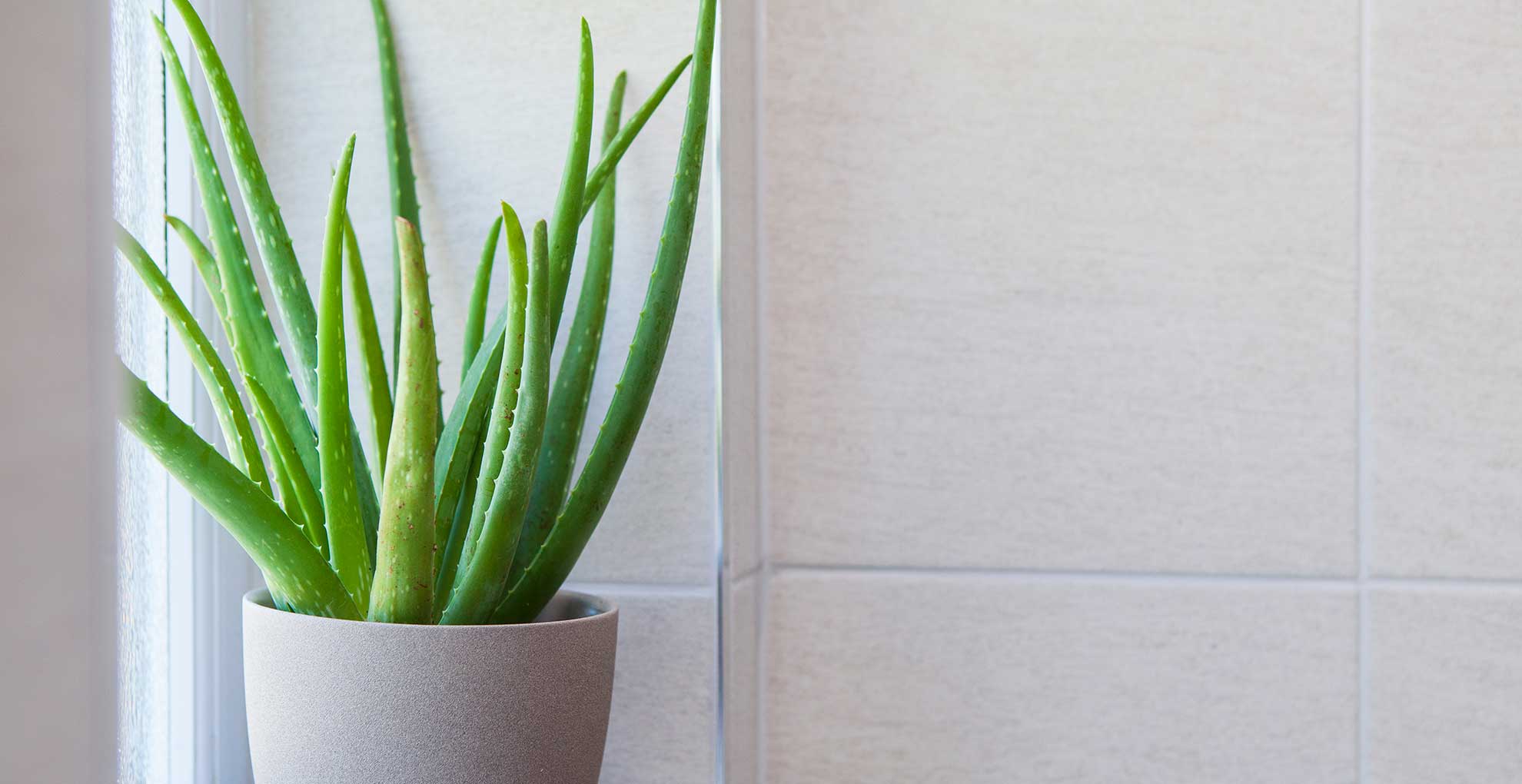
If you don't ever want to be the person asking 'why is my aloe vera plant drooping?', you can reduce the risk early. Follow its care needs and ensure you're providing it with the right conditions to grow and it shouldn't struggle.
Graham says to make sure to keep it in a bright spot, only water it when the top few centimetres of soil are dry and allow any excess water to drain away.
How can you reverse the drooping on an aloe vera plant?
The best way to reverse drooping on an aloe vera plant is to first diagnose the issue and then treat the plant for that issue.
Nadezhda Yaneva, a gardening expert at Fantastic Gardeners, says, "Firstly correct watering practices and adjust them to ensure your plant is receiving proper hydration. Then relocate to somewhere with better light conditions if necessary."
Should neither of these be causing the issue then she suggests repotting the aloe vera with some well-draining fresh soil. It's also a good idea to treat the plant for any pests and diseases, you can use some natural neem oil for the pests and the diseases will need to be dealt with using appropriate treatments.
DD Organic Neem Oil: £12.49 at Amazon
If you want to ensure no pests are taking over your yucca plant, try applying this natural pesticide to your plant and it should keep even the mealybugs away.
Is drooping normal on an aloe vera plant?
Whilst it's not a happy sight, drooping from your aloe vera is extremely common and doesn't mean it's the end of the road for your plant. Similar to why a peace lily droops, the plant normally quickly recovers when the symptom has been treated.
"Temporary drooping can occur due to minor stress but should be temporary. Persistent drooping indicates a problem with watering, light, temperature, or health that needs to be addressed," explains Nadezhda.
Whilst drooping is a potential sign of something not being quite right, Graham is also quick to point out that it's very common for a mature aloe vera plant to naturally droop.
He says, "It is natural for the older, outer leaves of a mature aloe vera plant to start to droop, and some varieties can grow low to the ground in a way that makes them look like they are drooping."

Emily joined woman&home as a staff writer after finishing her MA in Magazine Journalism from City University in 2023. After writing various health and news content, she now specialises in lifestyle, covering unique cleaning hacks, gardening how-tos, and everything to help your houseplants thrive.
